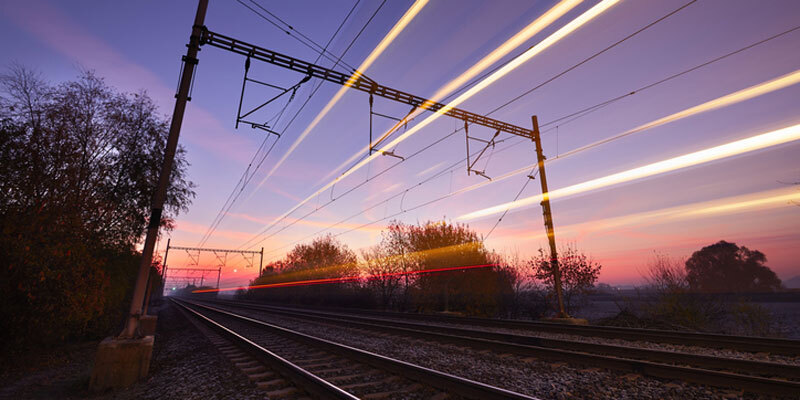
How urban growth is influencing the Rail sector
In most, if not all developing countries urbanisation has been one of the dominant trends of economic and social change in the 20th Century. Major cities continue to develop more houses to accommodate the masses, but this also means a loss in rural land which could be used for several other things involving the rail industry.
Whilst many in the developed world would regard urbanisation of their societies as a 19th and 20th Century phenomenon that is now largely complete, in reality this transition is multi-dimensional and is far from exhausted. The classic migration from rural to urban employment and residence in developed countries continues at a moderate pace even today. In the UK, from 2004 to 2014, the urban share of population grew 3%l which may not sound dramatic but represents the relocation of nearly two million people into towns and cities.
In parallel, the proportion of the urbanites living in cities rather than towns grew significantly faster. From 2004 to 2014, the population of the five largest cities in the UK grew 14%, whilst the urban population grew 11%, and the population as a whole grew only 8%, according to the ONS.
This concentration of the urban population in large cities is set to continue, both in the UK and globally. Over the next 20 years London is projected, by the ONS, to grow almost 70% faster than the overall population of the UK.
For the rail industry, this migration towards urban – and particularly city – living is a dependable driver of growth in passenger volumes, as the higher population density of urban environments favours public transport, particularly rail. City dwellers are dramatically more likely to use rail transport regularly; half of Londoners commute to work by public transport, a proportion more than three times higher than the rest of the UK.
Outside the capital, recent investments in rail infrastructure such as the Tyne & Wear Metro and the Nottingham Express Transit have driven significant local increases in commuter rail traffic.
The importance of stations has been recognised in the government’s housing white paper, which cites railway stations as key anchors for the next generation of urban housing developments. As the UK’s population grows and urbanisation continues at pace, the humble train station has become much more than just a stop on the daily commute. Increasingly they are the epicentre of growth and regeneration in many UK cities and destinations in their own right for shopping, working and socialising.
Positive long-run structural trends in the distribution of population and modes of transport make the UK rail industry attractive to strategic acquirers, both domestic and overseas, and private equity investors. Despite the inevitable political uncertainties of the sector, deals are getting done and high-quality businesses are achieving attractive valuations – recognition of market-leading expertise in the UK rail industry.
